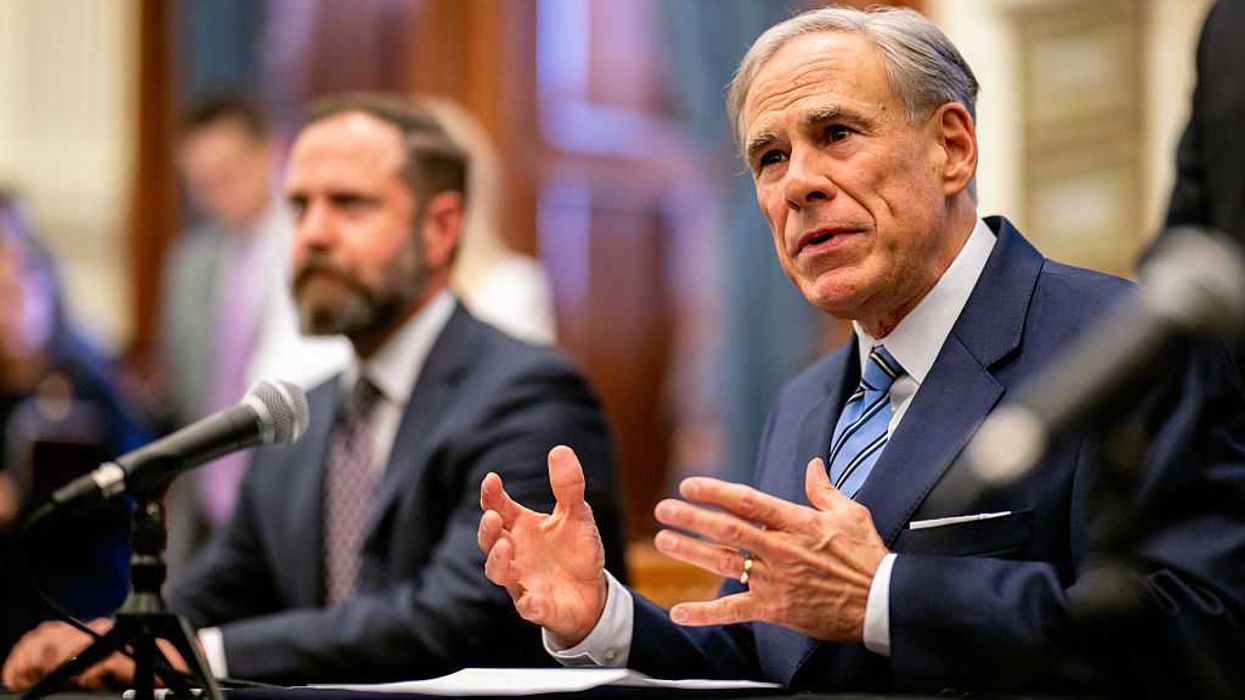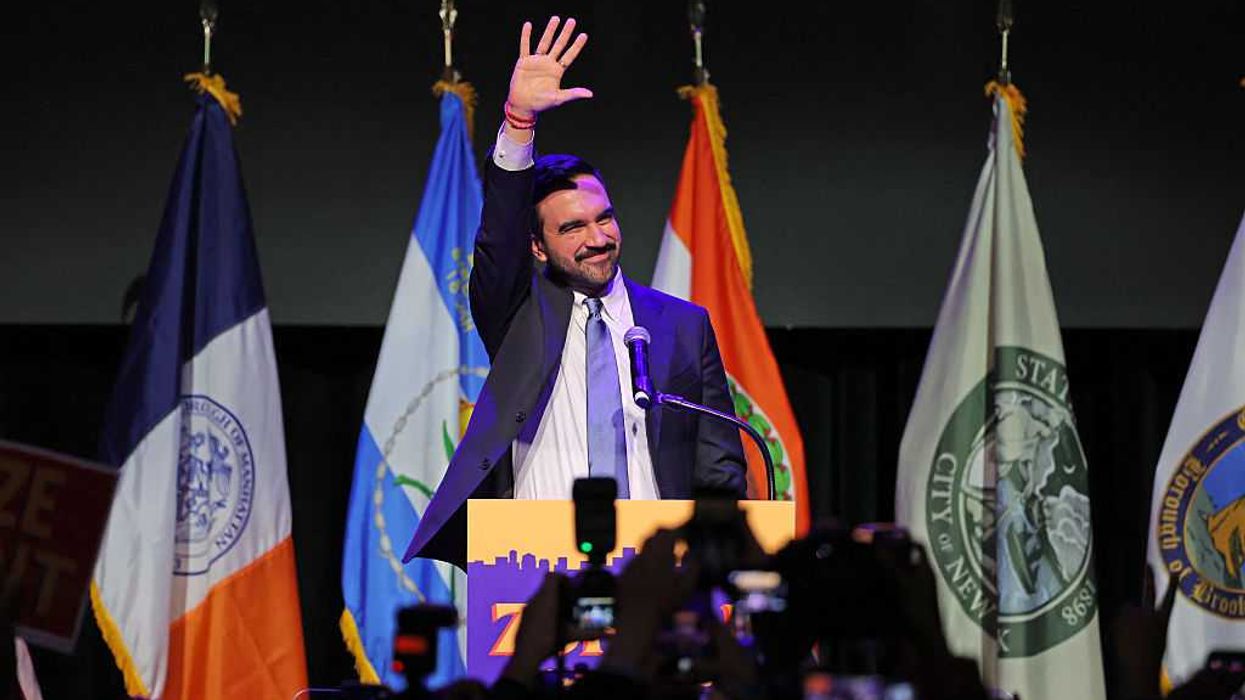Editor's Note: The following is a guest post by Chris Martenson with PeakProsperity.com.
Perhaps I should start with a disclaimer of sorts. Yes, I realize that the people working at the Federal Reserve, as well as the other central banks around the world, are just people. Like the rest of us, they have egos, fears, worries, hopes, and dreams. I'm sure pretty much all of them go home each night believing they are basically good and caring individuals, doing important work.
But they're destroying America. They might have good intentions, but they are working with bad models. Ones that lead to truly horrible outcomes.
One of the chief failings of central banks is that they are slaves to an impossible idea; the notion that humans are free to pursue perpetual exponential economic growth on a finite planet. To be more specific: central banks are actually in the business of promoting perpetual exponential growth of debt.
But since growth in credit drives growth in consumption, the two are concepts are so intimately linked as to be indistinguishable from each other. They both rest upon an impossibility. Central banks are in the business of sustaining the unsustainable which is, of course, an impossible job.
I can only guess at the amount of emotional energy required to maintain the integrity of the edifice of self-delusion necessary to go home from a central banking job feeling OK about oneself and one’s role in the world. It must be immense.
I rather imagine it’s not unlike the key positions of leadership at Easter Island around the time the last trees were being felled and the last stone heads were being erected. “This is what we do,” they probably said to each other and their followers. “This is what we’ve always done. Pay no attention to those few crackpot haters who warn that in pursuing our way of life we're instead destroying it.”
The most compassion I can drum up for central bankers right now is to observe that they really do have an impossible job; and their training has been simply too narrow and dogmatic for them to detect the gaping, obvious flaws in their world views. They never studied energy resource issues. Nor did they have to take any behavioral psychology classes that would have explained to them how deeply unfair economic practices are socially corrosive. Nor any history classes that would expose how such actions proved ruinous when they were applied in previous societies.
But here we are. The fact that the central bankers are either accidentally ignorant or purposely too lazy to explore the wider world of ideas is not one you can ignore any longer. Real consequences are coming and there’s no ducking them. We’re all in this big canoe of life together and the Fed and our political officials are exhorting us to paddle faster towards the roaring falls ahead.
You need to understand this. If you want to have any chance of navigating the future successfully, you have to understand what they are doing, how they are doing it, and why it will fail. If you don't take the time to sort out the mechanisms and implications...well, good luck. You’re going to need it.
For those who prefer to rest their future prospects on Knowing instead of (misplaced) Hoping, read on.
How The Fed Gives Billions Of US Taxpayer Money To Foreign Banks
Out of many truly maddening sins committed by the Fed, perhaps the most glaring of late is its practice of handing billions and billions of dollars of US taxpayer money to big foreign banks.
I explain the process in this short video:
The summary of the video is this: the Fed is now paying interest on so-called ‘excess reserves’ held at the Fed. Those 'excess reserves' include a huge chunk of money held there by foreign banks who are only too happy to receive 1% on their holdings from the Fed given that their own central banks are paying 0%, or even negative rates.
The money that the Fed pays these foreign banks is deducted from the amount remitted to the US Treasury at the end of each fiscal year.
It’s this simple: foreign banks are being paid billions of US taxpayer dollars and not one single person in the US got to vote for or approve of that action.
Let me repeat that: billions and billions of US taxpayer money is being sent to boost the profits of foreign banks. And there’s not a single thing a voting citizen can do about it.
The decision to do this has been made unilaterally by unelected people for reasons they are under no obligation to either share or even have audited by the public. I wonder if Detroit wouldn’t mind getting several billion dollars to use however it wishes, courtesy of the Federal Reserve? Or the permaculture movement? Or jobs training programs?
I’m 100% certain any of these -- or a thousand other candidates -- would be a better use than handing foreign big banks more US taxpayer money.
What The Heck Else Is The Fed Up To?
I'm going to guess that very few of you were aware of the Fed's multi-billion annual giveaway to foreign banks before you watch the video above. If you're like me, once you learned what's going on, it's hard not to start wondering: What the heck else is the Fed doing that I don't know about?
We here at PeakProsperity.com are particularly concerned about closely monitoring our central bank's next actions, as we believe their policies are creating the greatest wealth transfer of all time -- from the hard-earned savings of the public, and into the pockets of an elite few. (More on our conclusions can be read here).
As I said above, if you want to have any chance of navigating the future successfully, you have to understand what they are doing and how they are doing it.
Which is why PeakProsperity.com is producing the upcoming webinar, The End of Money, which will bring together David Stockman, Axel Merk, G. Edward Griffin -- experts on the Federal Reserve, global currencies and financial markets. During this 3-hour event, you'll hear their latest intelligence and forecasts and be able to ask each speaker questions directly. It all takes place on June 7th, and those interested can learn more about the webinar here.
But, even before the webinar's revelations, there's plenty of worrisome recent activity by the Fed you need to be aware of, right now.
In Part 2: Understanding The Fed's Endgame Is Key To Protecting Your Wealth, we reveal the additional clandestine steps the Fed is performing in the shadows to separate the American people from their hard-earned wealth, and place it in the pockets of the bankers and their cronies. In most instances, it's a case of doing exactly the opposite of what it is publicly promising.
As with the above video, very, very few people are aware of what the Fed is truly up to. But it's critical we learn, as the knowledge we gain explains a lot about both the failure of today's bubblicious asset prices to sell off, and about just how worried the Fed actually is about draining cash from the financial markets lest it create a cascading meltdown. It's only by developing an understanding of the endgame currently in play that the concerned investor can make informed choices for protecting their wealth.
Click here to read the report (free executive summary, enrollment required for full access)


 Brandon Bell / Staff | Getty Images
Brandon Bell / Staff | Getty Images
 Europa Press News / Contributor | Getty Images
Europa Press News / Contributor | Getty Images ANGELA WEISS / Contributor | Getty Images
ANGELA WEISS / Contributor | Getty Images Eric Lee / Stringer | Getty Images
Eric Lee / Stringer | Getty Images